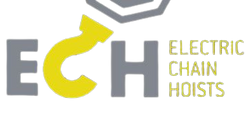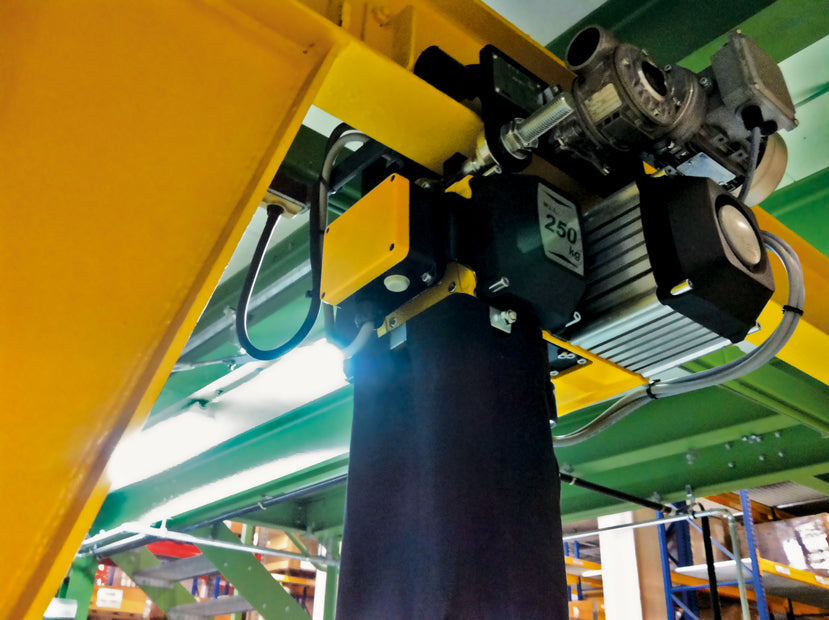When buying an Electric Chain Hoist, one will always be asked the same question... What suspension method do you require?
To the average human being, this doesn't mean a lot! So let me explain.
The suspension point is the way the hoist is suspended. There are five standard options - Lug, Top Hook, Push Trolley, Geared Trolley & Electric Travel Trolley. Here's we take a look in a little more detail.
Lug Suspension: This is a closed lug that secures the trolley bar or beam clamp bar/shackle. This method is usually used for permanent applications where the hoist will only be removed for maintenance.
Customers often prefer this type as it is pretty-much fool proof when it comes to safety, as there is zero risk of a safety catch breaking, snapping or malfunctioning.
Top Hook Suspension: This type features a hook, complete with safety catch, fitted to the top of the hoist to enable the hoist to fit to a trolley, beam clamp, or to be easily rigged up temporarily - a big favourite for the hire industry.
Push Travel Trolley: These enable horizontal traverse along the beam manually by the operator dragging the hoist along the beam in order to transport the load. This is without doubt the most popular choice when used in an industrial environment.
Geared Travel Trolley: GTT's are very similar to the push travel beam trolley, except with the addition of geared wheels and a hand chain that, when pulled, will turn the wheels and traverse the hoist along the beam. These are normally used in heavier applications, where the load or hoist cannot be easily reached.
Electric Travelling Trolley: ETT's are usually controlled from the same pendant as the Electric Chain Hoist itself, allowing up to two-speed horizontal operation of the hoist along the beam. One speed is usually 'fast' and the other 'slow.' Trolleys can be purchased in 'fast speed only' as a cheaper option.
Electric models are usually used in industrial applications where operation is more frequent or when the load is too heavy to easily push/pull by hand.
We hope that this has given you a better insight into your options, and assists you in making an informed decision on your next Electric Chain Hoist purchase. But don't forget, we have a friendly, trained, expert team always on hand to answer any queries that you may have. Don't hesitate to get in touch today, we're eagerly awaiting your questions!

